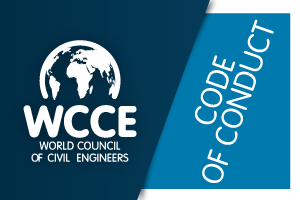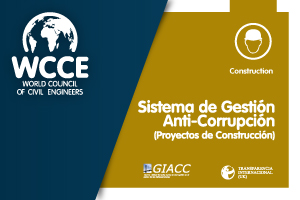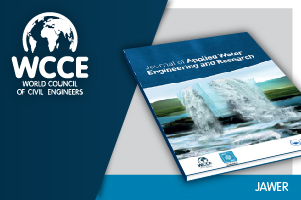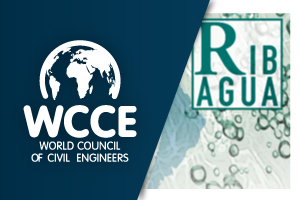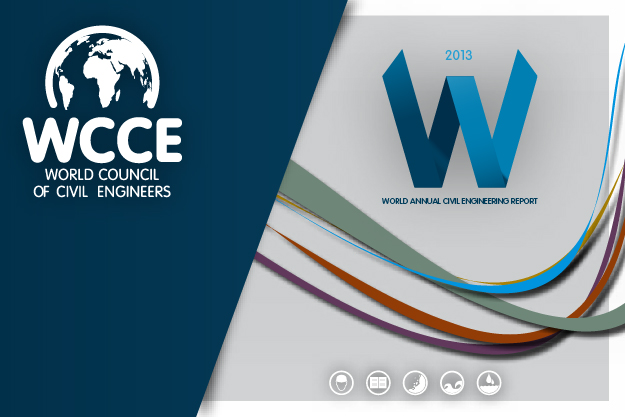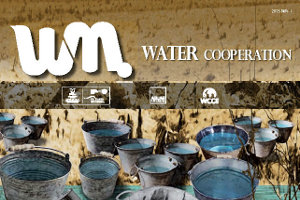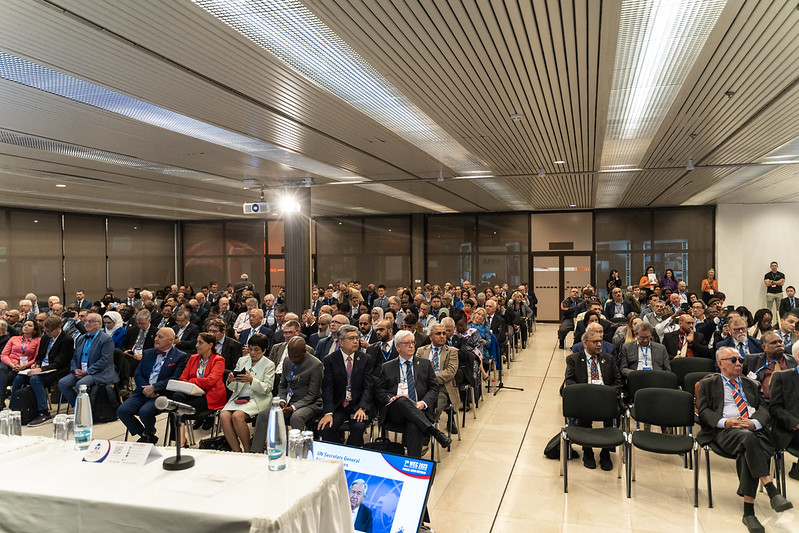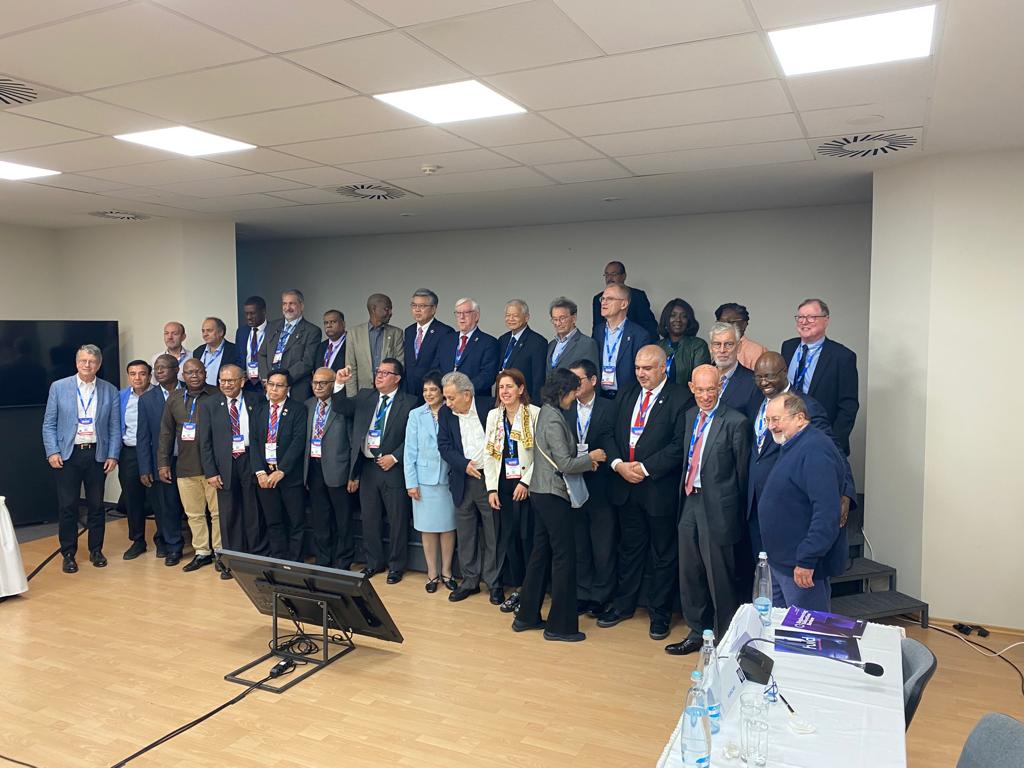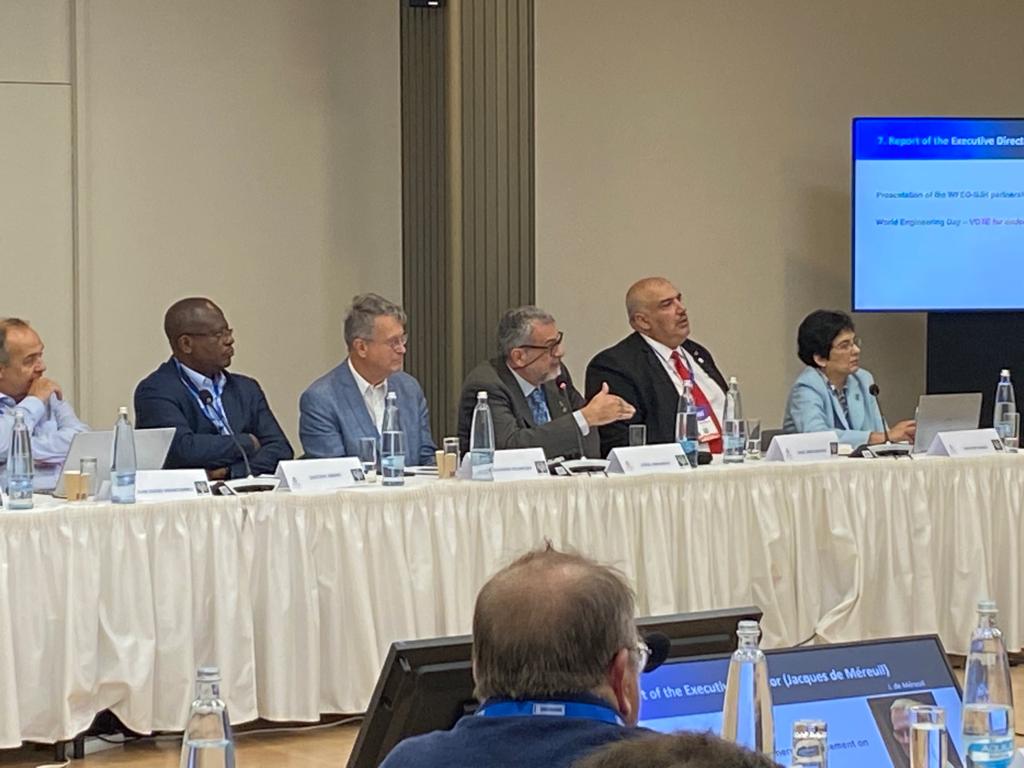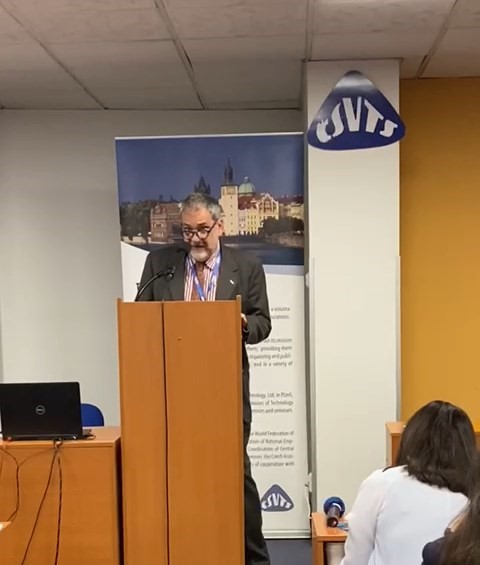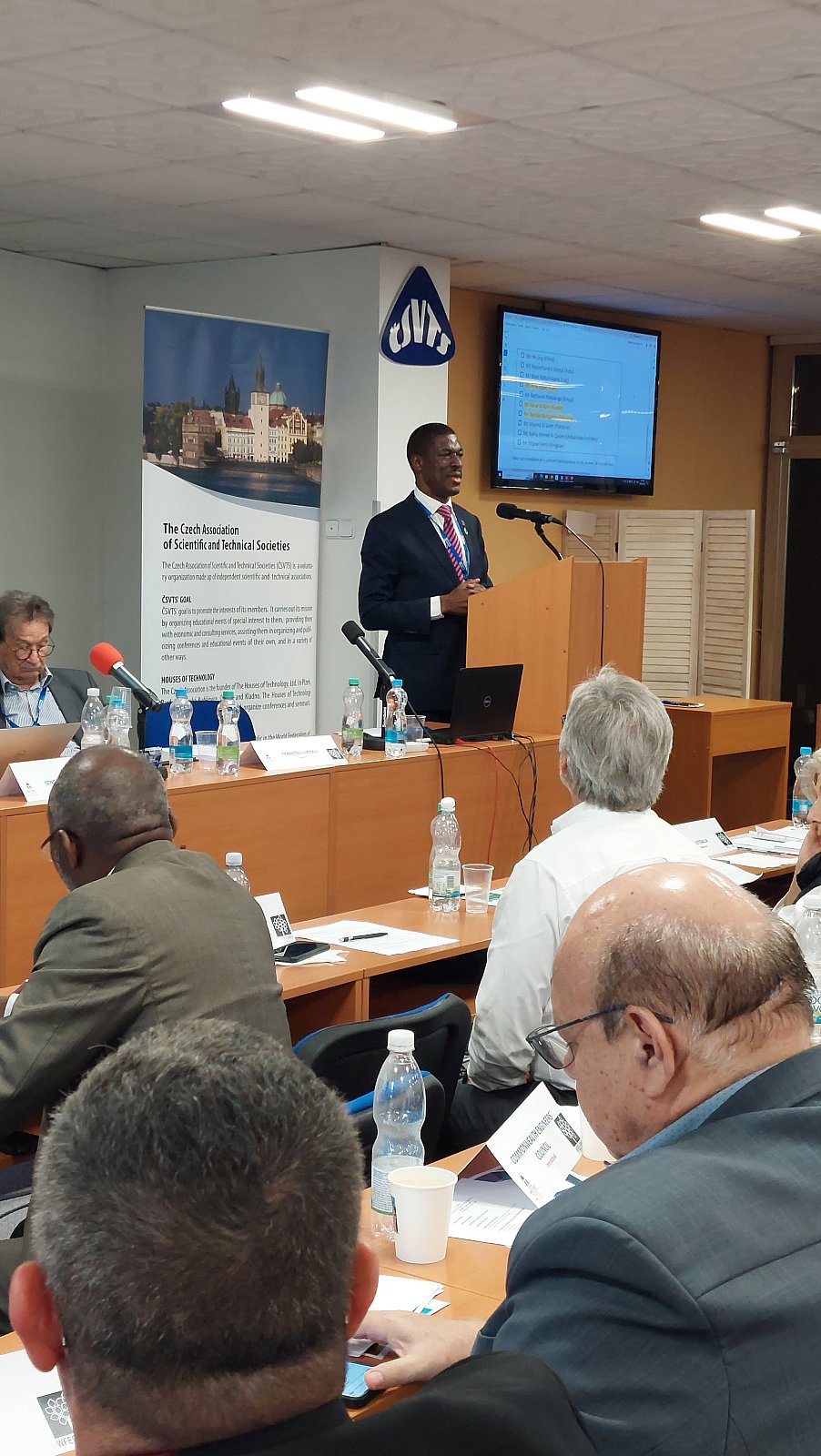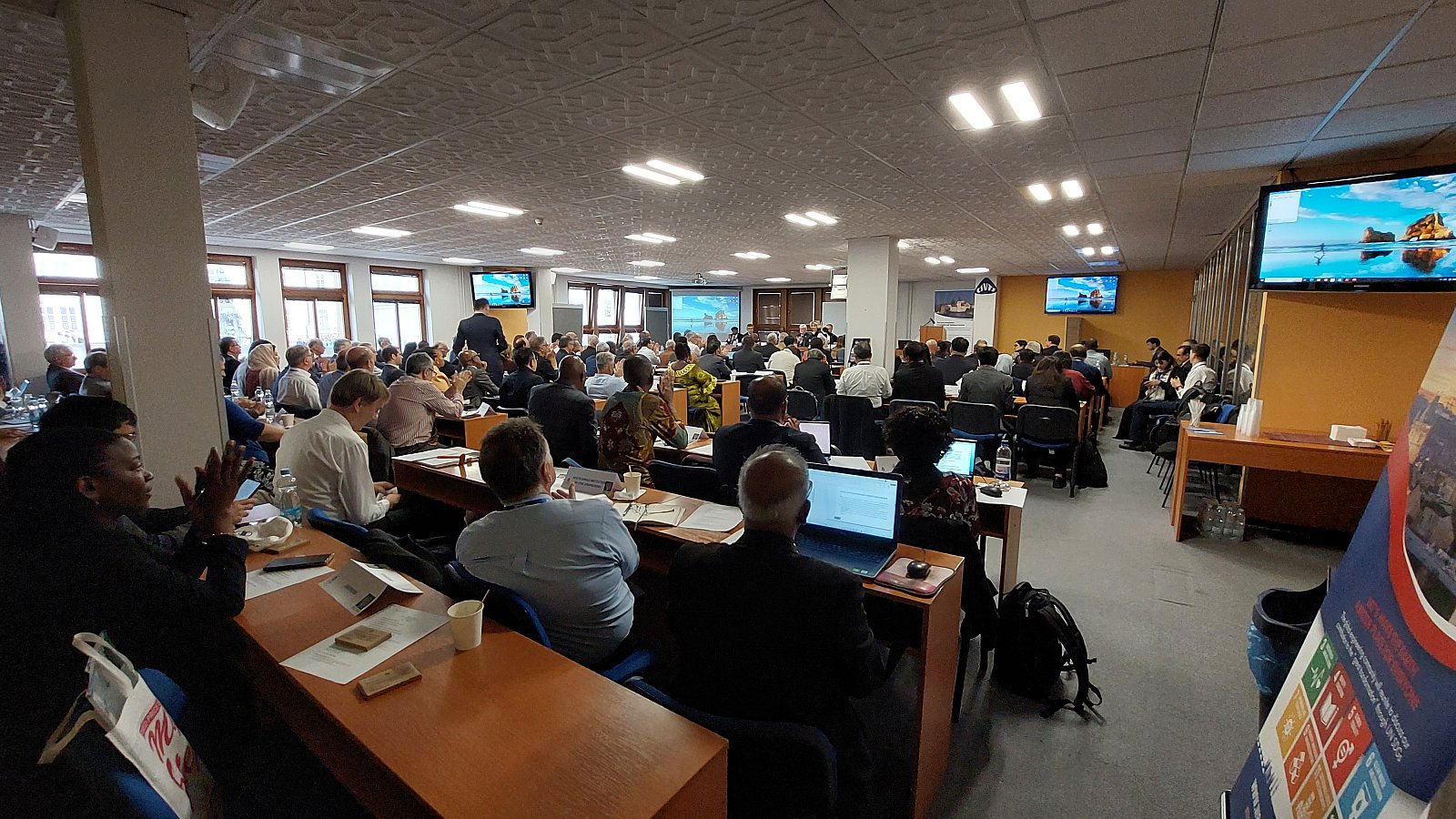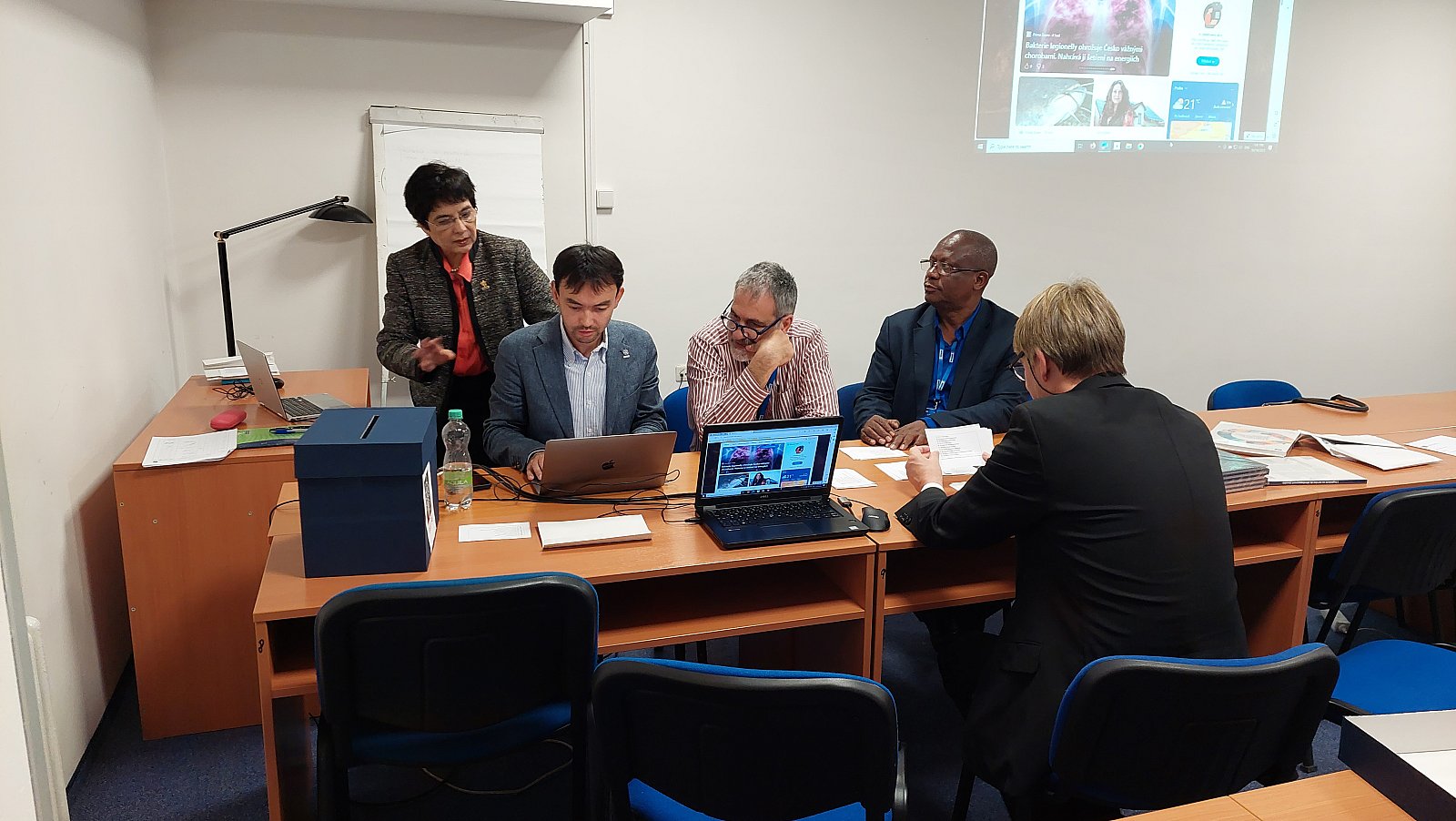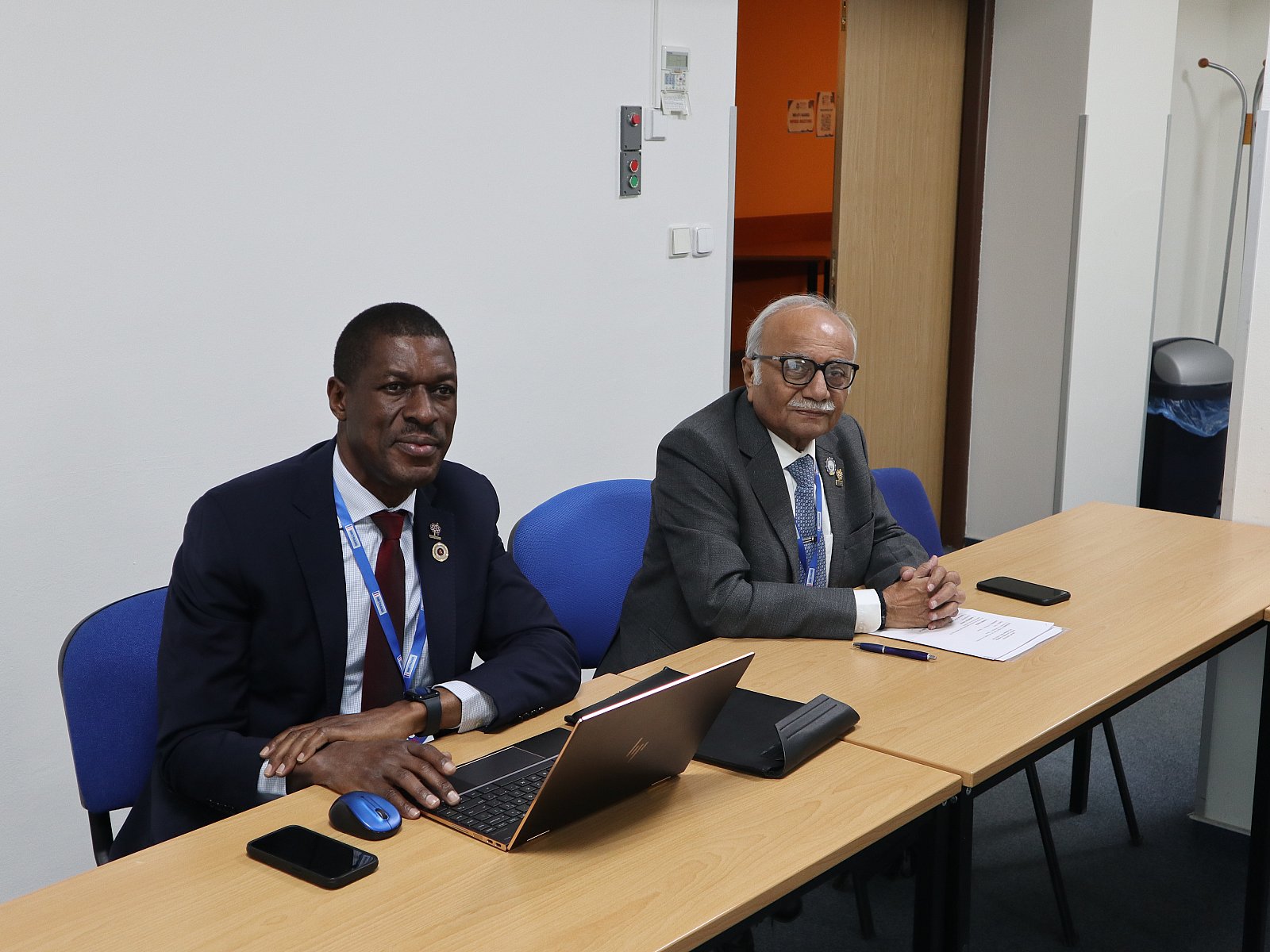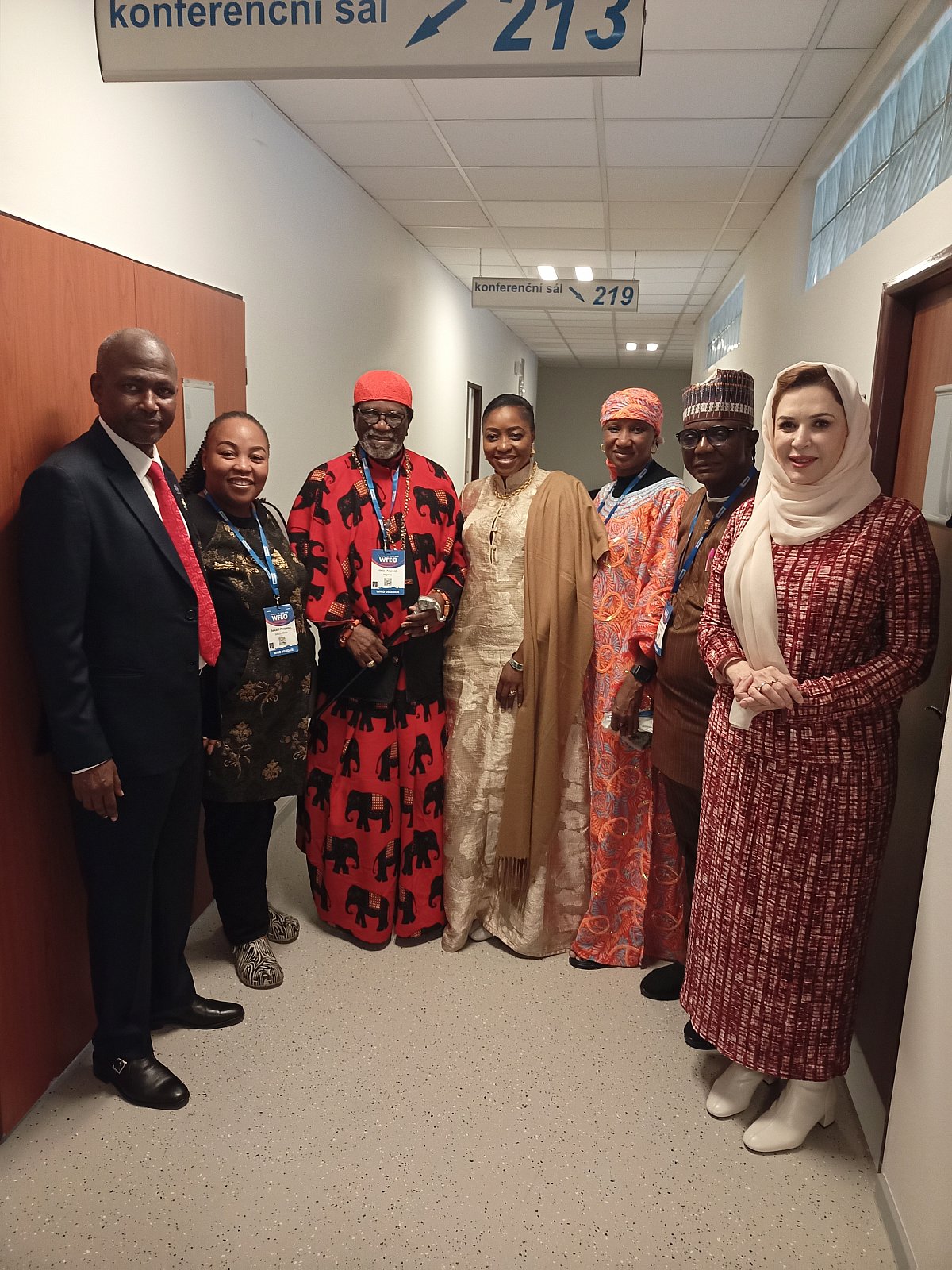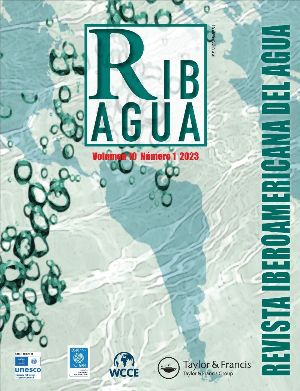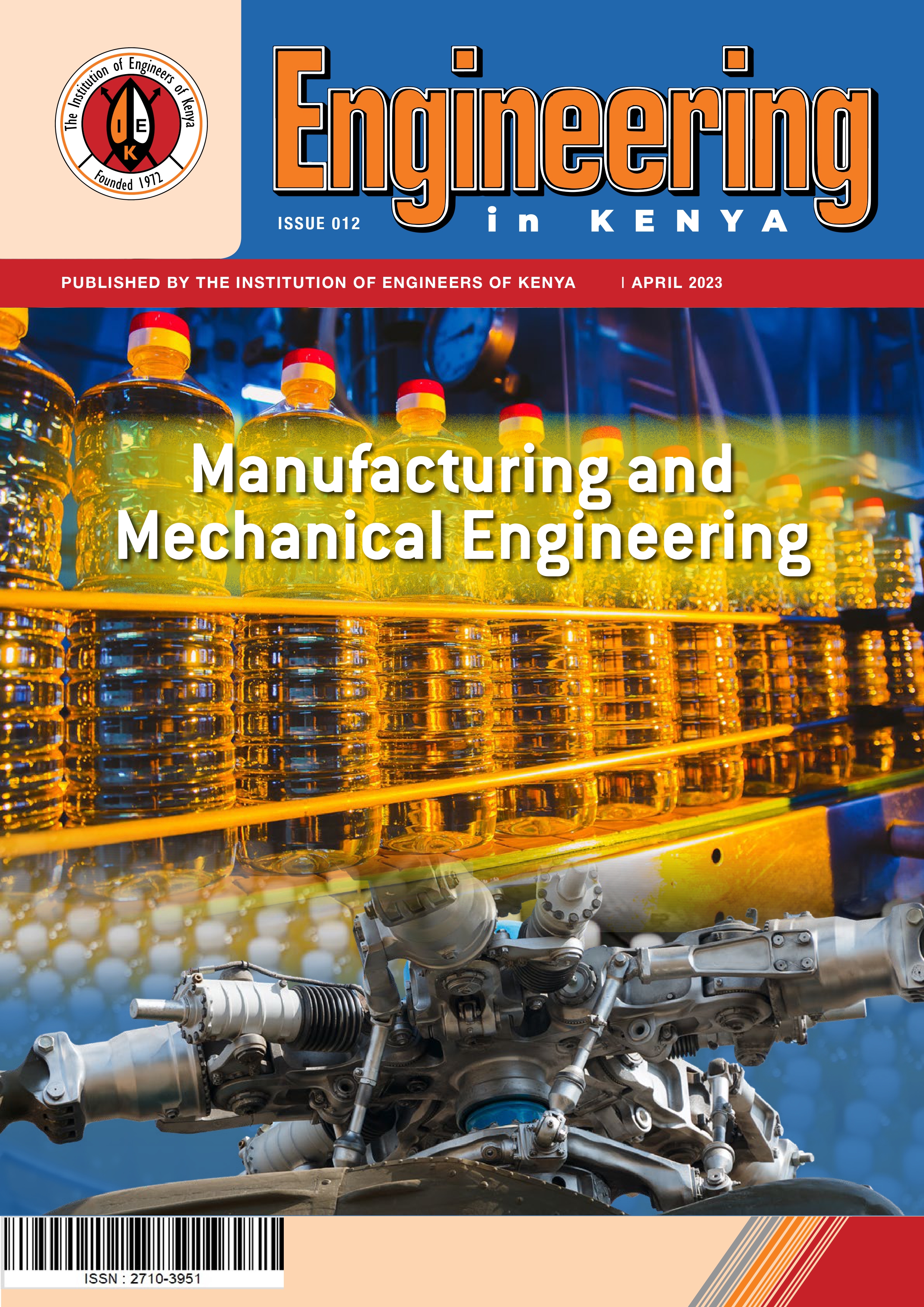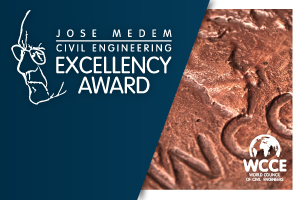📯 The Innovative Project Initiative
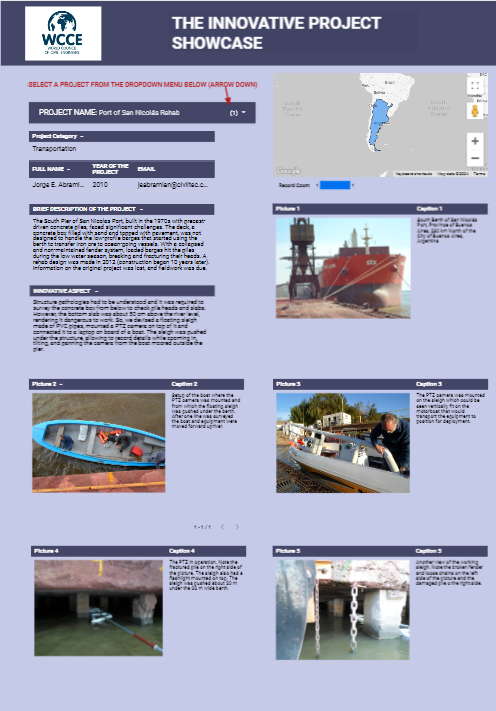 THE INNOVATIVE PROJECT INITIATIVE
THE INNOVATIVE PROJECT INITIATIVE
WCCE has been working for about a year to develop a new initiative whose main target is young engineers. This initiative is a platform for showcasing projects and a unique window where engineers can demonstrate their innovation capacity. It allows them to share particular project characteristics, design, investigation, or study characteristics. Brief explanations and up to five photos could be uploaded to our site to demonstrate the kind of projects our engineers have worked on. This is a one-of-a-kind opportunity to showcase your work and connect with a global community of engineers.
GENERAL ORDINARY ASSEMBLY IN CYPRUS
 GENERAL ORDINARY ASSEMBLY IN CYPRUS
GENERAL ORDINARY ASSEMBLY IN CYPRUS
October 23-25, 2024
The next GA scheduled for October 25 in Limassol, Cyprus, will be of particular importance as there will be elections for the next president-elect, Continental Representatives and Treasurer. Another subject for ratification is the renewal of the Standing Committee on Natural Disasters proposed by Cuba. On top of these decisions, it is due the evaluation of the performances and continuance of the Standing Committees and the Working Groups that will have to show their progress and that have mandates till the following 2025 General Assembly. Finally, and importantly, the decision to host the following GA must be made. The options are May 2025 in San Jose, Costa Rica, or October 2025 in Abuja, Nigeria. During the meeting, we will also have to decide about the new “strategic plan” and the new “fee schedule”, two documents and decisions I’m trying to resolve during my term ending in Cyprus.
While I understand that Cyprus may be a distant location for some of us, I want to stress the importance of your physical presence. Even though online participation will be facilitated for those unable to attend, the value of face-to-face communication, the exchange of experiences, informal networking during breaks, and the weaving of bilateral relationships cannot be overstated.
I’ll inform you of the election procedures and distribute the formal invitations soon.
Jorge E. Abramian
President
A Message of the President: Call for Co-Writers of the Book “Engineering, Water, and Smart Cities"
A Book to be Published by WFEO and WCCE
WCCE’s Water Committee is preparing the WFEO’s book, “ENGINEERING, WATER, AND SMART CITIES,” which should be released in October 2025. The book’s draft Table of Contents has already been prepared, and some collaborators have agreed to write different sections. However, many sections still need to be appointed. This is an invitation for volunteers who could write one or more sections. Please share and publicise this call among your institutions. I expect to have completed the grid of collaborators by July 15.
📯 3d Extraordinary General Assembly - New Constitution
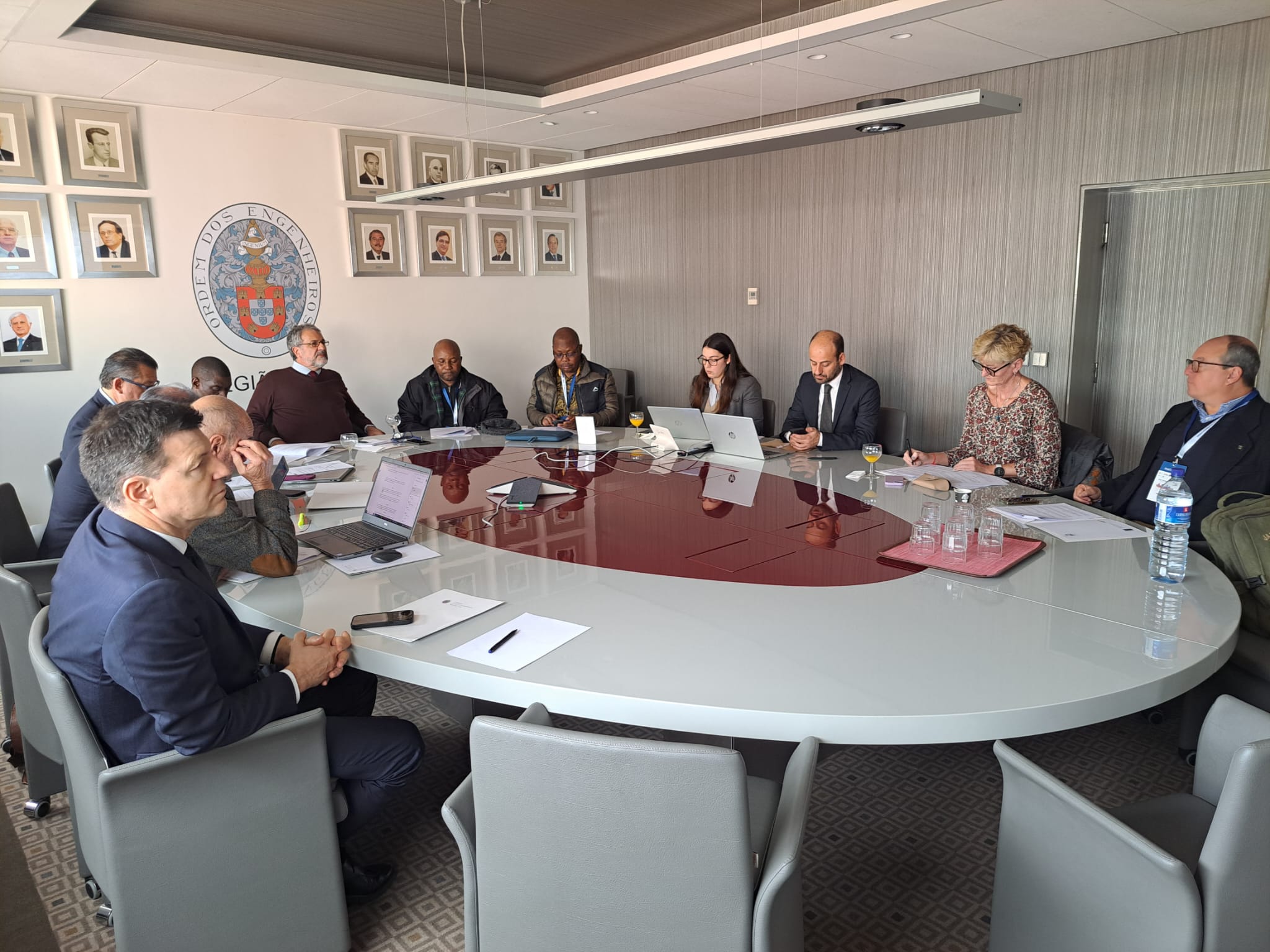 On March 5, representatives of WCCE met in the General Extraordinary Assembly in Lisbon to discuss the changes to our Constitution. The meeting occurred before the WFEO Executive Council meeting, where many WCCE officers participated.
On March 5, representatives of WCCE met in the General Extraordinary Assembly in Lisbon to discuss the changes to our Constitution. The meeting occurred before the WFEO Executive Council meeting, where many WCCE officers participated.
The changes to the Constitution were already proposed and discussed preliminarily in Mombasa, and the corrected version was circulated prior to the meeting in Lisbon. The changes primarily aimed at adapting the document to modern communication methods, shorter call and deadline times, and clarifying officers' and organisation bodies' roles.
The Constitution was approved unanimously, and the new version can be consulted at the following link: https://wcce.biz/index.php/about-wcce/constitution
📯 18TH WCCE General Assembly, Mombasa, Kenya
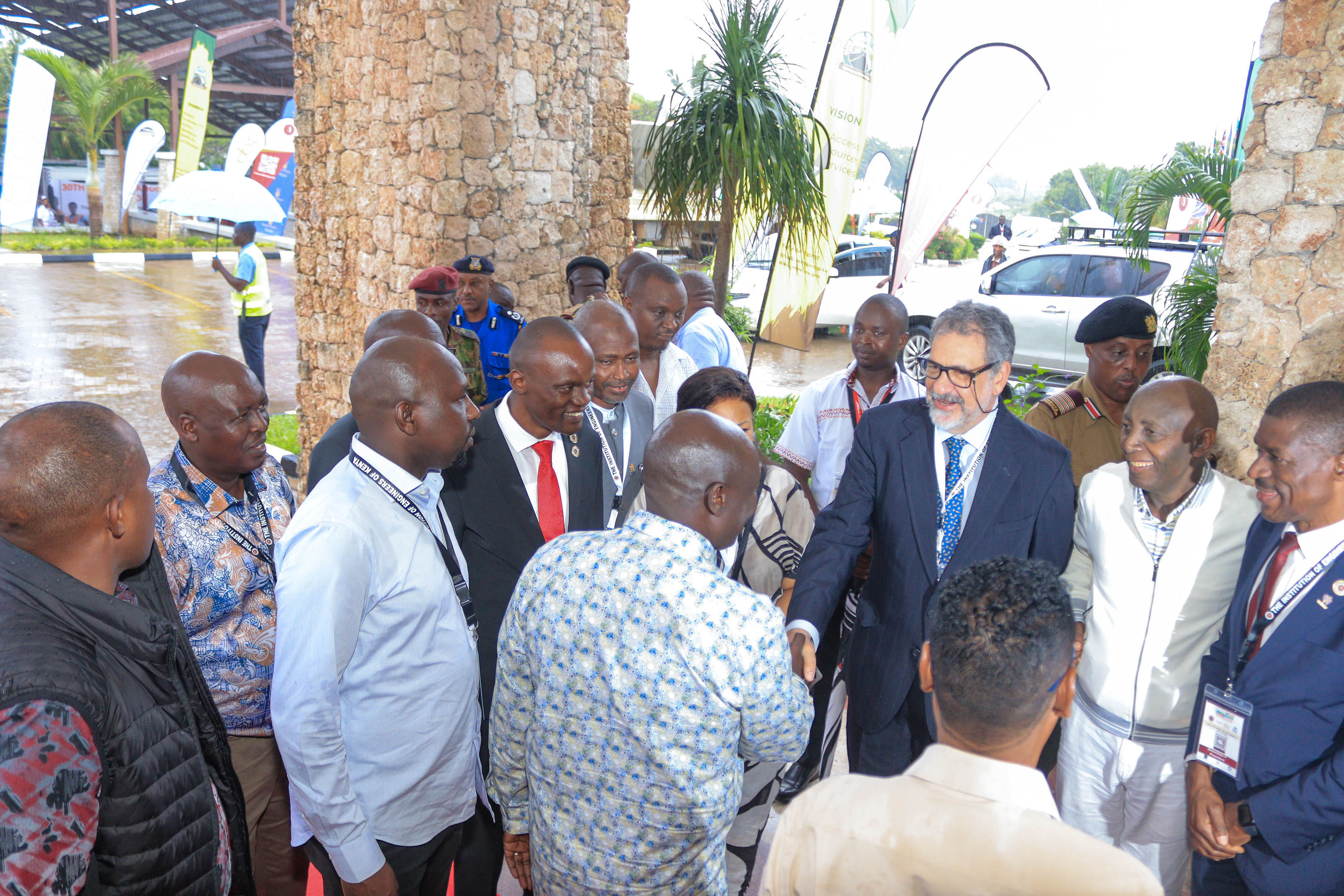 The 18th WCCE General Assembly meetings were held in Mombasa, Kenya from the 14th to 16th November 2024 culminating in the General Assembly on the 16th. This was held on the sidelines of the 30th IEK International Conference.
The 18th WCCE General Assembly meetings were held in Mombasa, Kenya from the 14th to 16th November 2024 culminating in the General Assembly on the 16th. This was held on the sidelines of the 30th IEK International Conference.
Over 4,500 delegates comprising of policymakers, government representatives and Engineers from across the globe attended the 30th IEK International Conference. The event featured enriching sessions such as:
Call for General Assembly hosting proposals
Next 2024 General Assembly will be hosted by our colleagues from Cyprus – the Cyprus Council of Civil Engineers –, and we are looking for hosts for the General Assemblies for 2025 and 2026. Here are the basic guidelines to take into account for those members, national or international, who are interested in hosting any of these assemblies. This is usually a great occasion for the national members to bring to their countries a group of international civil engineering leaders locally promoting our profession. The deadline for the presentations is May 1, 2024.
Page 1 of 25


